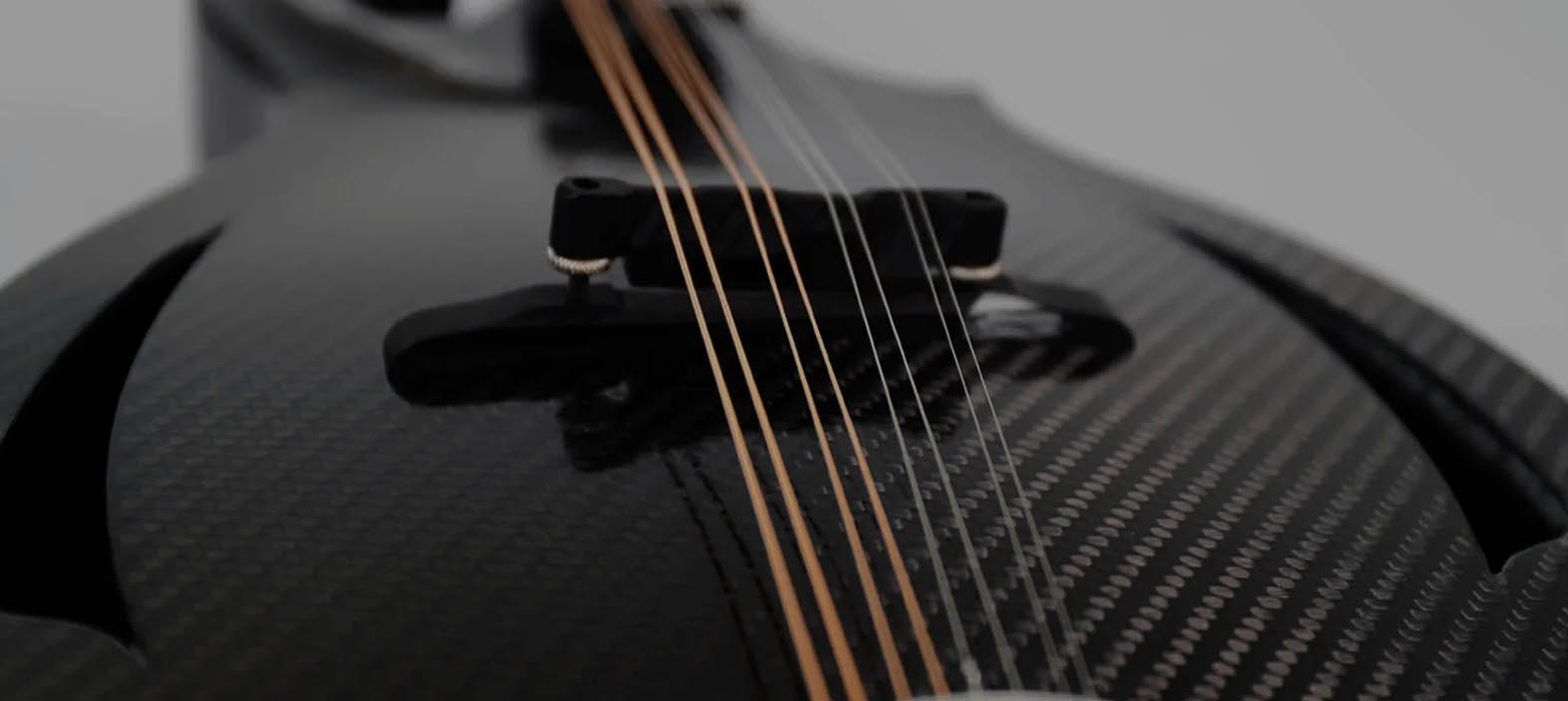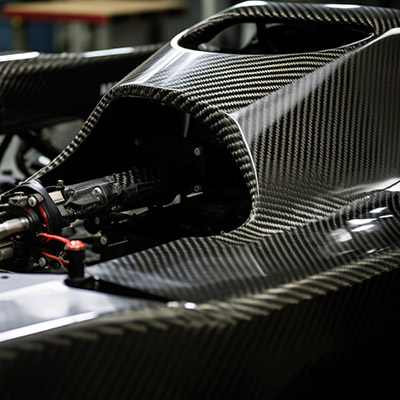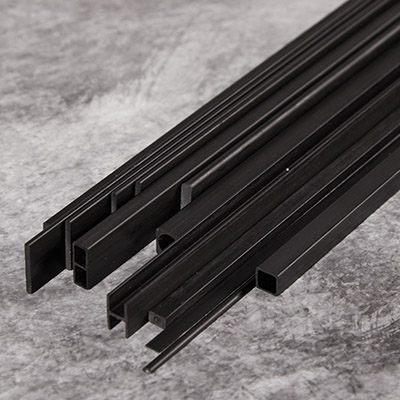
How Carbon Fiber is Used in Musical Instruments
👁 Reads: 249
Carbon fiber has multiple uses in various industries. It is a lightweight, yet strong material that has been revolutionizing the world of manufacturing for many years. With its remarkable properties, it has become an essential component in the production of many high-performance products, including musical instruments. The composite material has been increasingly used in the construction of musical instruments due to its unique properties. One of the main benefits of using carbon fiber is its strength and durability.
Carbon fiber’s musical instruments are less susceptible to damage from changes in temperature and humidity, making them ideal for musicians who travel frequently. Additionally, the instruments are often lighter in weight than their wooden counterparts, which can make them more comfortable to play for extended periods of time. While traditional musical instruments are made of wood, the use of carbon fiber in musical instruments has become increasingly popular in recent years. It offers many benefits to instrument makers and players, including durability, strength, and resonance.
Another advantage of carbon fiber instruments is their ability to produce a brighter and more projecting sound than traditional wooden instruments. This is due to the increased stiffness and reduced damping of carbon fiber, which allows for longer vibrations and a higher resonant frequency. However, some musicians may prefer the warmer and more nuanced tones produced by wooden instruments, which can be difficult to replicate with carbon fiber.
The Evolution of Carbon Fiber in Musical Instruments
The use of CNC carbon fiber parts in musical instruments began in the 1970s, with the introduction of carbon fiber bows for stringed instruments such as the violin, viola, cello, and double bass. These bows offered a significant improvement in durability and stability, making them more reliable than traditional wooden bows. Additionally, its bows are less susceptible to changes in temperature and humidity, which can affect the sound and performance of a wooden bow.
Carbon Fiber Bows: An Improved Option for Musicians
Carbon Fiber bows have continued to evolve over the years, with modern designs offering a range of weights and stiffness levels to suit the preferences of individual musicians. These bows have also become more affordable, making them accessible to a wider range of players.
Other Parts of the Stringed Instruments: Body and Neck of the Guitar
In recent years, the use has expanded beyond bows to include other parts of stringed instruments, such as the body and neck of the guitar. It offers many advantages over traditional woods, including greater strength, stiffness, and resistance to environmental factors such as humidity and temperature.
Additionally, It can be molded into complex shapes, allowing for greater flexibility in instrument design.
Benefits of Carbon Fiber in Musical Instruments
It has many benefits when used in musical instruments. One of the most significant advantages is its strength-to-weight ratio. It is lighter than wood, making it easier to handle and reducing player fatigue. Additionally, it is much stronger than wood, making instruments made from this material more durable and less likely to break or warp over time.
Another advantage is its resonance. The unique properties of carbon fiber products allow them to vibrate differently than wood, creating a distinct sound that is both rich and bright. Its instruments are also less affected by temperature and humidity changes, making them more consistent in their sound quality.
Further Applications of Carbon Fiber in Musical Instruments
While it has been primarily used in stringed instruments, its use has expanded to other instruments as well. For example, carbon fiber manufacturers used it to make brass instrument mouthpieces, offering increased durability and consistency in sound production. It has also been used in drumsticks, providing lighter weight and improved balance for drummers.
Additionally, it has been used in the production of wind instruments such as flutes and saxophones. These instruments, also help in creating key mechanisms and body sections, providing greater durability and stability than traditional materials.
Environmental Benefits of Carbon Fiber in Musical Instruments
Another benefit of it in musical instruments is its environmental impact. Traditional woods used in musical instruments can be sourced unsustainably, leading to deforestation and habitat destruction. Carbon fiber, on the other hand, can be produced sustainably and with less waste. Additionally, the instruments have a longer lifespan than traditional wooden instruments, reducing the need for replacement and further reducing environmental impact.
Challenges in Using Carbon Fiber in Musical Instruments
While it offers many benefits, there are also challenges in using it in musical instruments. One of the primary challenges is the high cost of production. Carbon fiber sheet is an expensive material to manufacture, making it difficult for small-scale instrument makers to incorporate it into their designs. Additionally, some musicians may prefer the traditional sound and feel of wooden instruments, making it challenging to market carbon fiber instruments to all musicians.
One potential drawback of carbon fiber instruments is their higher cost compared to traditional wooden instruments. This is due to the complicated manufacturing process involved in creating carbon fiber composites, which requires specialized equipment and expertise[5]. Additionally, some musicians may find the appearance of carbon fiber instruments to be less aesthetically pleasing than wooden instruments.
In conclusion, the use of carbon fiber in musical instruments offers several benefits, including increased durability, lighter weight, and a brighter sound. However, the higher cost and potential loss of tonal nuance may make them less appealing to some musicians.
Conclusion
Carbon fiber is a material that has revolutionized the manufacturing industry, offering improved durability, strength, and resonance over traditional materials. In the world of musical instruments, it has become an essential component in the production of high-performance instruments, particularly in the stringed instrument category. Its application has now extended beyond the stringed instrument category, where it offers increased durability and stability in wind and percussion instruments as well. While challenges remain, the benefits of musical instruments are clear, and we can expect to see continued innovation in the use of this remarkable material in the future.
NitPro Composites is a reliable manufacturer of carbon fiber products including rods, tubes, sheets, CNC parts as well as pulruded profiles





